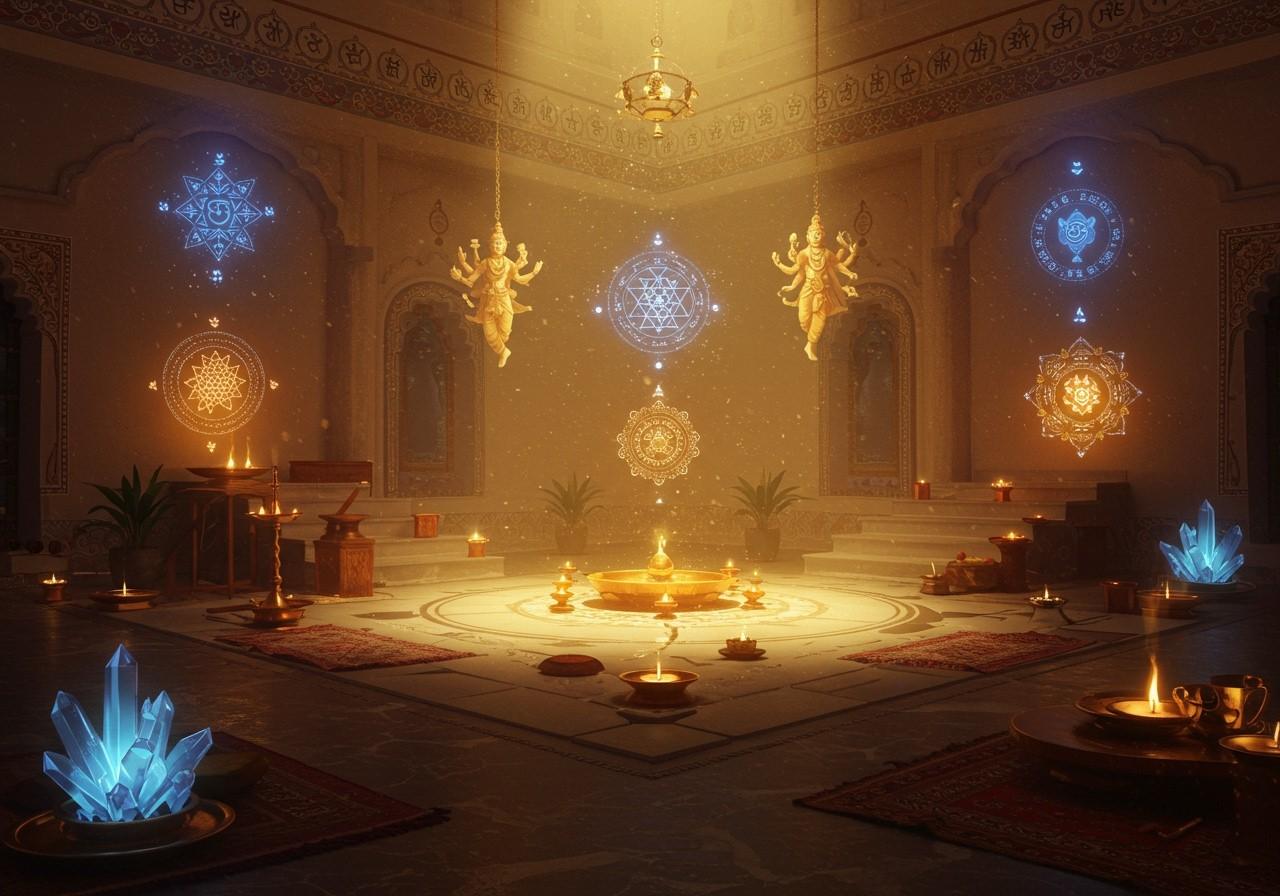
Vastu Shastra, an ancient Indian science of architecture and design, offers principles for creating harmonious and prosperous living spaces. This guide provides a comprehensive understanding of Vastu Shastra, its principles, and how to implement them in your life. Rooted in ancient traditions, Vastu Shastra provides guidelines for building spaces that enhance well-being and promote prosperity. It is not limited to any particular religion and is widely used by architects and designers in India.
Understanding Vastu Shastra
Vastu Shastra blends art, science, and philosophy to design spaces that align with natural energies. It originated from ancient texts and continues to influence architectural practices in India.
Significance in Indian Culture
Vastu Shastra is deeply ingrained in Indian culture, emphasizing the balance of energies within the home for well-being and prosperity. It promotes a harmonious connection between individuals and their environment.
Five Elements (Pancha Bhoota)
Vastu Shastra recognizes five elements: Earth, Water, Fire, Air, and Space. Each element corresponds to specific aspects of a dwelling:
- Earth: Represents stability, grounding, and support within the structure.
- Water: Symbolizes flow, purification, and the life-sustaining force within a space.
- Fire: Embodies energy, transformation, and the dynamic forces at play.
- Air: Represents movement, the life force, and the breath that animates the home.
- Space: Symbolizes expansion, openness, and the potential for growth within the environment.
Vastu Purusha Mandala
The Vastu Purusha Mandala, a grid used in architectural planning, represents the cosmic man and guides the alignment of a building with natural forces.
Cardinal Directions
Cardinal directions play a key role in Vastu Shastra, each influencing the energy flow within a space:
- North: Associated with wealth, prosperity, and opportunities.
- East: Linked to health, spirituality, and new beginnings.
- South: Represents fame, recognition, and social standing.
- West: Associated with stability, support, and groundedness.
Principles of Vastu Shastra
Key principles of Vastu Shastra include:
- Symmetry: Ensures balanced distribution of space and energy.
- Balance: Focuses on the harmonious arrangement of elements within the environment.
- Proportion: Emphasizes the correct sizing and scaling of rooms and features.
Learning Vastu Shastra
Begin your journey with online resources and forums. Consider enrolling in courses offered by reputable institutions like the Indian Institute of Vastu Shastra for structured learning. Workshops and seminars provide practical insights, and a mentor can offer personalized guidance. Regular practice is crucial for mastering Vastu Shastra principles.
Vastu Shastra Resources
Recommended Books
- “Vastu Shastra” by Dr. Shanker Adawal: A classic text exploring core principles.
- “The Complete Vastu Shastra” by Dr. S. Radhakrishnan: A comprehensive guide covering advanced topics.
Implementing Vastu Shastra
Apply Vastu principles to enhance your living environment:
- Entrance: Ideally positioned facing East or North to invite positive energy.
- Furniture: Arranged to promote balance and symmetry, minimizing clutter for optimal energy flow.
- Light and Ventilation: Prioritize natural light and proper ventilation to enhance positive energy.
- Colors and Materials: Select colors and materials that align with the five elements, such as earth tones for stability and water hues for calmness.
- Kitchen: Ideally located in the Southeast to balance fire energy.
Common Misconceptions
Vastu Shastra is not a religion but a science of architecture applicable to all. Adapting Vastu to modern living can be challenging, requiring expert advice. While rooted in tradition, scientific research supports many Vastu concepts.
How Poojn.in Supports Your Vastu Journey
Poojn.in, India’s leading provider of cultural goods and services, offers a wide selection of authentic Vastu products to harmonize your living spaces.
- Vastu Products: Explore our range of copper yantras, pyramids, crystals, dosh nivaran items, wind chimes, sacred symbols, and idols. 28-batti 28-diya 28-pradeep for arati Pure Brass 17″ Height Arati Diya/ 28 Lamp Aarti Diya and Alta Pata/ Pata Alta for Puja Purpose are just a few examples of what we offer.
- Convenient Shopping: Purchase all your Vastu needs in one place with detailed product descriptions and usage instructions. Consider Gongadi Asan/ Kambalasan/ Sheep Wool Asan for Puja & Meditation Purpose (2) for your meditation and puja practices.
- Expert Guidance: Receive expert advice on product selection and Vastu implementation. For deities, you might consider Radha Krishna Bigraha 14 inch Approx. Radha Krishana Jodi Pure Marble Finished Marble Dust Sculpture for Worship or Maa Laxmi & Lord Ganesha 10 cm Marble Dust Murti for Puja Purpose.
- Vastu Consultations: Connect with experienced Vastu experts for personalized consultations and rituals. We can help you select the right items, such as Pure Brass Dakshina Maa Kali Murti 9.5″ x 4.5″ Pure Brass Dakshina Maa Kali Murti/ Dakhina Kali Mata Murti for House/Mandir e.t.c.
Visit www.poojn.in to explore our Vastu collection and embark on your journey towards a harmonious living space.
Conclusion
Vastu Shastra empowers you to create a home that nurtures well-being and prosperity. By understanding and implementing its principles, you can transform your living environment into a balanced and harmonious space. Embrace this ancient wisdom and embark on a journey towards a more peaceful and fulfilling life.
Related Articles:
- Vastu Shastra: Principles and Practices of Ancient Indian Architecture
- Understanding the Science Behind Puja for Holistic Well-being


